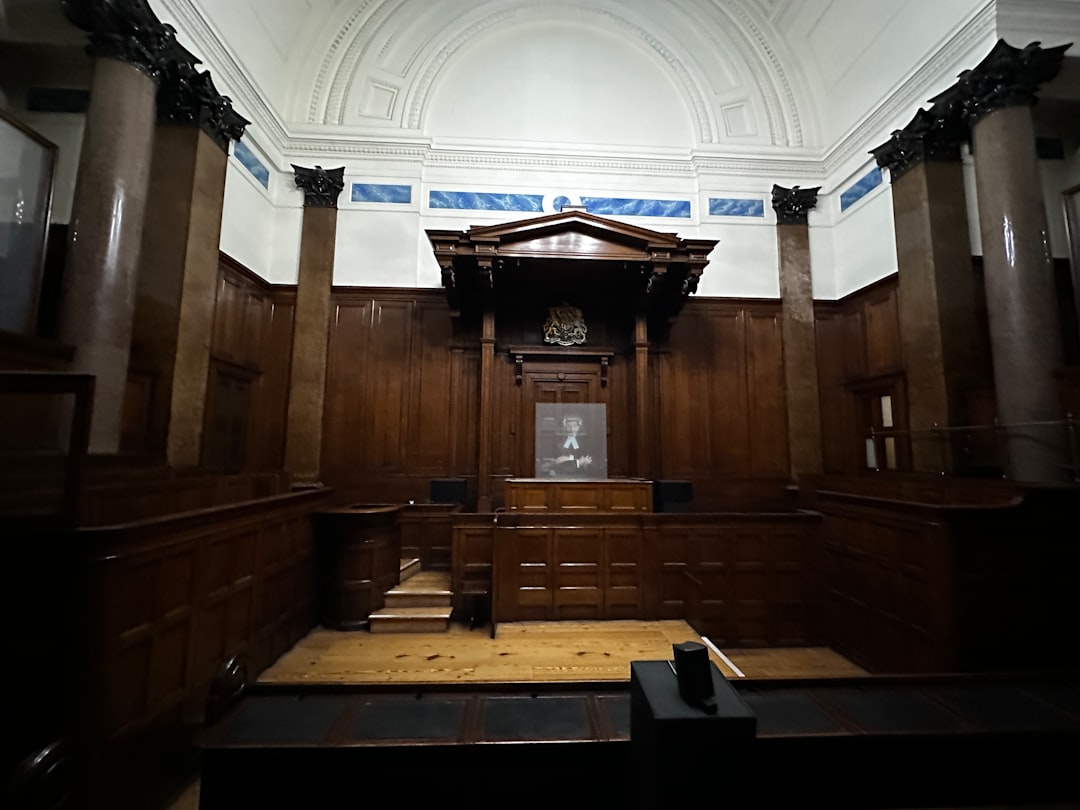After the national planning, each administration approves its own plan that assesses the level of exposure of the offices to risk and indicates the organizational measures necessary to minimize it. The preparation and implementation of the Anti Corruption Policy or plan are attributed to the responsibility of a person specifically appointed within the individual administration, under the supervision of the independent assessment body.
The Plan also identifies the main risks of corruption and the related remedies, indicating the objectives, timing and methods of adoption and enforcement of the law enforcement measures.
The plans of the individual administrations, on the other hand, aim, in short, to identify: the offices and activities most exposed to corruption risk; the mechanisms of training. The same applies to the implementation and control of decisions suitable for prevention; the disclosure obligations. The procedures for monitoring the management of proceedings, including as regards the relationship between the administration and the interested parties.
In the context just outlined, a specific Anti Corruption Policy assumes a crucial position, identified by the governing body – normally, in the person of a manager or, in the local authorities of the secretary. It is responsible for defining the risk, who: proposes the measures to be included in the plan to the political body and defines the selection and training procedures for employees destined to work in the sectors at risk of corruption.
It verifies the effective implementation of the plan and its suitability, proposing its modification in the presence of significant violations of the provisions or changes in the organization or activity of the administration; verify the effective rotation of the offices; identifies the personnel to be included in the training programs.
A technical committee reports to the steering body and the independent assessment body (OIV, a subject present in each administration, with important functions in the measurement and assessment of performance).
The dysfunctions related to the implementation of the measures and indicates to the competent offices disciplinary action on the names of employees who have not implemented the measures correctly; it reports to the OIV and to the steering organ, sending an annual report to them containing the results of the activity carried out.
With regard to controls, it is up to the OIV to verify that the plans are consistent with the objectives set in the strategic planning-management documents and that the objectives related to anti-corruption and transparency are taken into account in the measurement and assessment of performance.
The same OIV evaluates the contents of the report of the Responsible in relation to the objectives set (with the right to request the necessary information and documents and to perform auditions of employees) and reports to the ANAC on the state of implementation of the measures.








